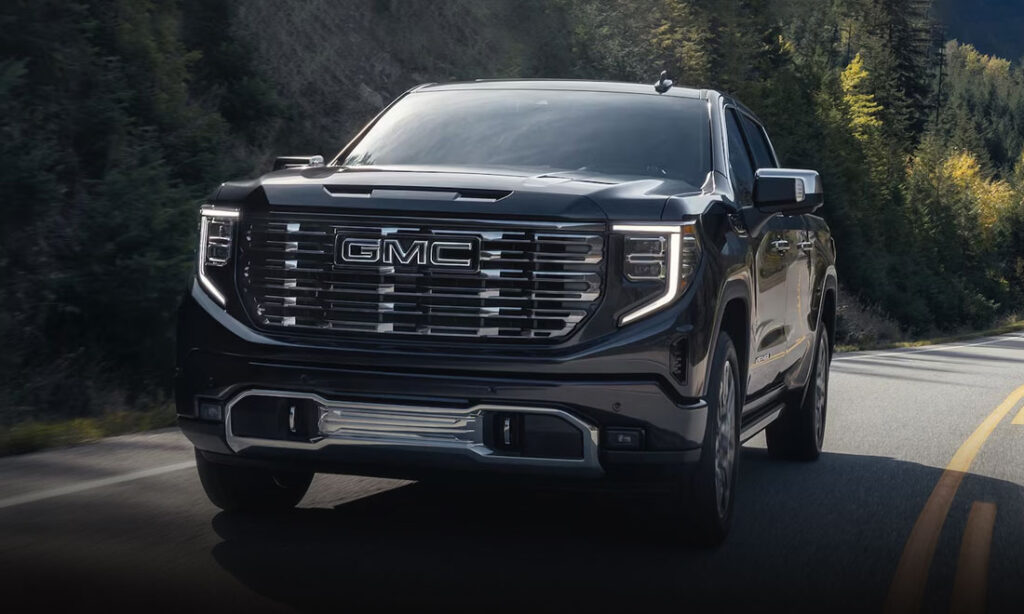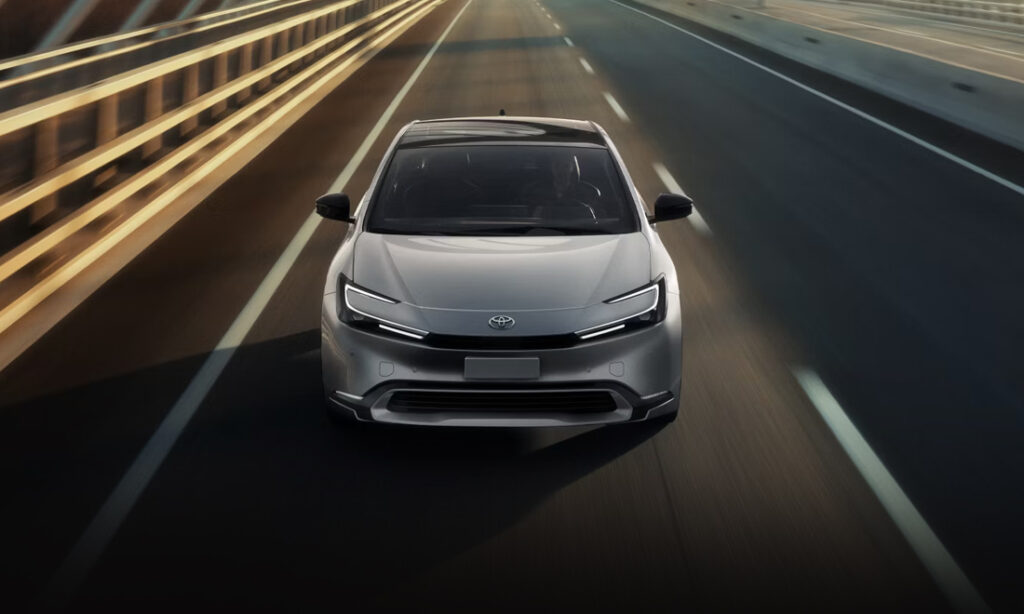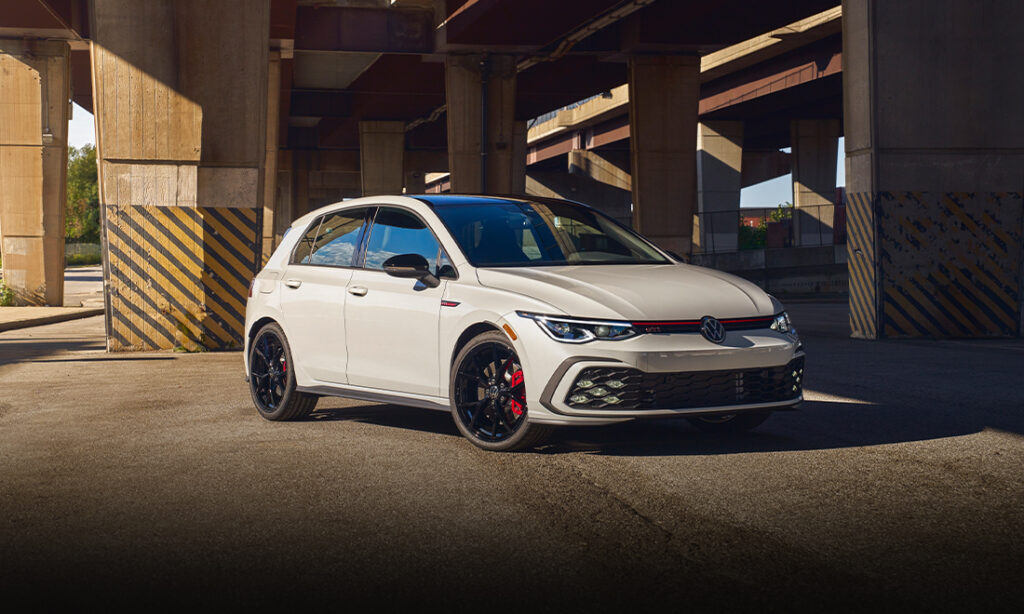The Surprising History of the First Gen Porsche 911
The Porsche 911 is one of the longest running nameplates of all time. It replaced, and then surpassed the Porsche 356, to become an instant classic.
The Genesis of an Icon
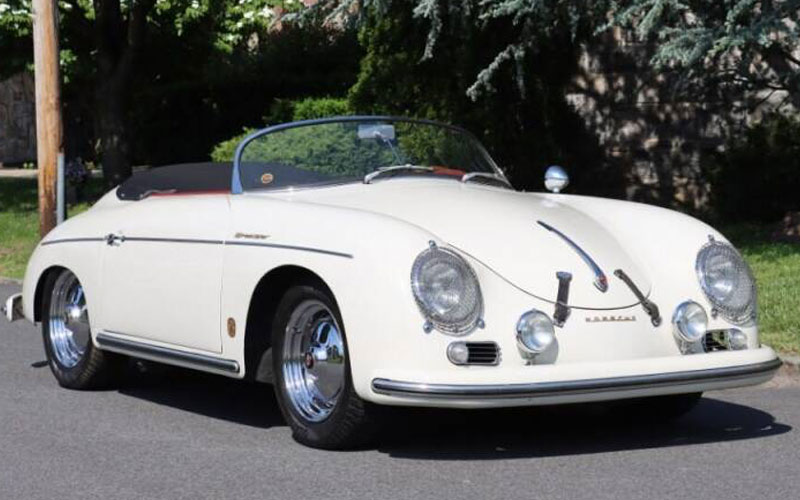
One does not set out to create an iconic car. Ascending to icon status is, instead, an organic process. Some iconic cars are cometlike, short-lived yet spectacular, like the Mercedes-Benz 300 SL gullwing or Ferrari F40. The Porsche 911 sits at the opposite end of such a spectrum. It has become a sports car icon thanks to consistent excellence spanning more than six decades. With the 911, Porsche decided early on that it would be better to refine what they had, honing the blade, so to speak, rather than reforging it. Today, the Porsche 911 is about as sharp a sports car as you can buy, thanks in large part to all those years of incremental improvements.
This isn’t to say the Porsche 911 wasn’t impressive when it first debuted in 1963. The new car wowed audiences at that year’s Frankfurt Motor Show as Porsche’s follow-up to the surprisingly successful 356. The 356 had a long run itself, but after 15 years Porche wanted a new, more modern, more powerful model.
Development

Mechanically, the goals for a new Porsche were clear. Like the 356, the 901, as it was initially designated, would be a rear-wheel drive 2+2 sports car powered by an air-cooled flat “boxer” engine positioned behind the rear axle. More power for the car meant the 356’s four-cylinder would be replaced by a larger six-cylinder engine. The 911’s first engine was a 1,991-cc (2.0L) flat-six boxer engine making 130 horsepower. A 902 version of the new car would carry a version of the 356’s four-cylinder engine.
An equally momentous change was to be the car’s modern design. Just as Ferdianand “Ferry” Porsche had designed the 356 and his father Dr. Ferdianand Porsche had designed the Volkswagen Beetle, Ferdianand Alexander “Butzi” Porsche was given the task of penning the design for the new car. Erwin Komenda, Porsche head of design, had worked with Ferry Porsche on the 356 and was disappointed the job of designing the new car hadn’t been his alone. Despite initial complaints about the design, Komenda contributed to 901’s final design. Ferry Porsche amended the initial design as well. While Ferdinand Alexander had given the 901 a notchback, his father advocated for and prevailed in getting a fastback design like the 356.
From 901 to 911

Porsche’s numerical naming convention was about as unimaginative as they come. The Porsche company had long been more of a consultancy than a manufacturer, working on everything from the Volkswagen Beetle to tractors and engines. Each project was given a sequential number, the 356 being the 356th project and the 901 being the 901st. That simple logic mattered little to French carmaker Peugeot who informed Porsche the held the rights in France to any cars who’s three-digit name had a zero in the middle. Porsche’s solution was simple, name the car the 911. Though they’d already built 82 cars with the 901 badging and numbers had been stamped for further badging, swapping out the 0 for a 1 was an easy fix.
Variants & Evolutions

The first-generation Porsche 911 ran from 1963 through 1973. In those ten years, the 911 began its steady evolution with changes large and small.
Porsche 912 – The 912 is the four-cylinder variant of the 911 (it too got a rename, in this case from 902 to 912). Its engine was a version of the 356SC’s Type 616/16. The 912’s Type 616/36 engine was a 1,582-cc flat-four making 90 horsepower. Production for the 912 ran from 1965 through 1969, along with a brief return in 1976.
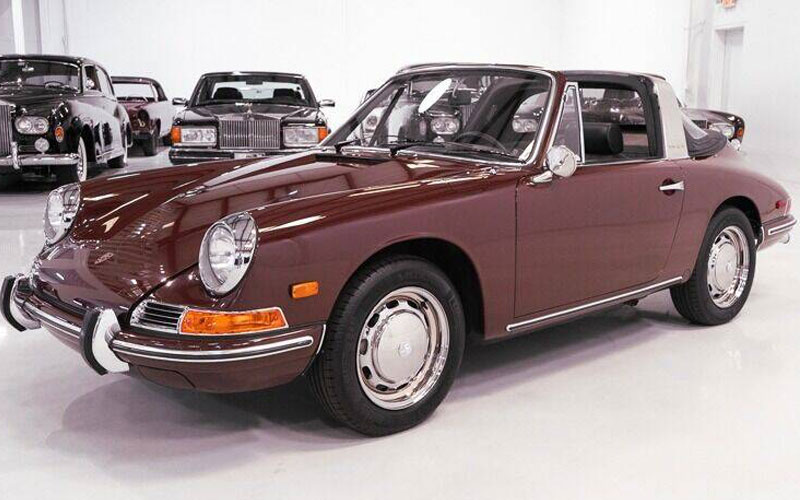
Targa Top – Porsche devised the Targa top in anticipation of new US rollover regulations that it was feared would outlaw traditional convertibles. The Targa top featured a rollover bar, a removeable roof section, and a removable rear window. Early, “soft window” rear sections were eventually replaced by a more substantial glass section. The Targa top takes its name from the Targa Florio, an Italian road race that Porsche had won four times to that point. The Targa top debuted in 1966 and was immensely popular with customers, even though those suspected rollover regulations never arrived.
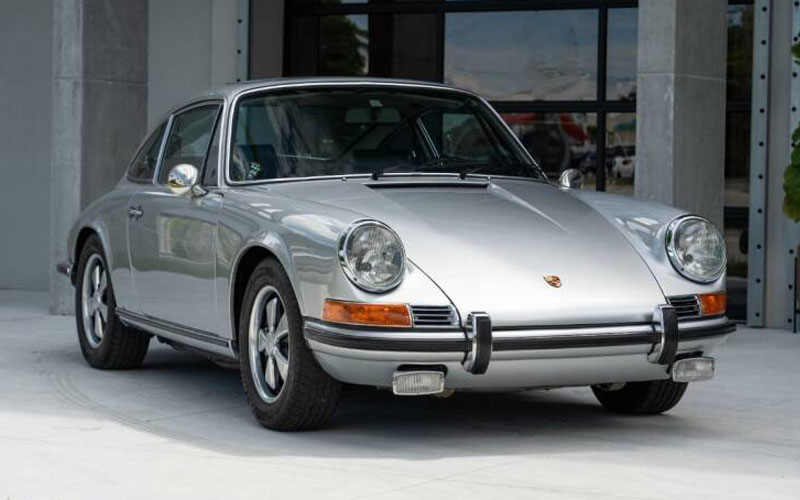
Porsche 911S – Also in 1966, the 911S was introduced. This “sportier” 911 raised engine output to 160 horsepower and was the first 911 to use Fuchs wheels which were new technology at the time as they were a single forged piece.
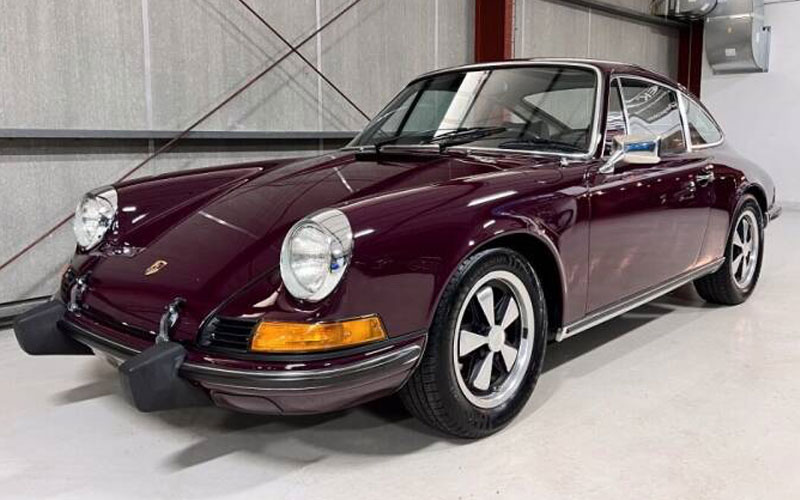
Porsche 911T – The 911T arrived for 1967. In 1969, it got a larger 2.2L engine making 110 horsepower.
Porsche 911T/R – The 911T/R was the first racing homologation version of the 911, arriving in 1967 as a ’68 model. It had a lightweight body that trimmed 160 lbs., a 26-gallon gas tank, and made either 160 or 210 horsepower depending on the engine optioned.
For 1969, the 911S and new 911E were given fuel injection, raising the former’s output to 170 horsepower. The 911’s wheelbase was lengthened that year, from 87 inches to 89.3 inches. A new 2,341-cc (2.4L) engine was introduced in 1971 for the ’72 model year. With the new motor, the 911T now made 140 horsepower, the 911E made 165 horsepower, and the 911S topped things out at 190 horsepower.
Carrera RS 2.7
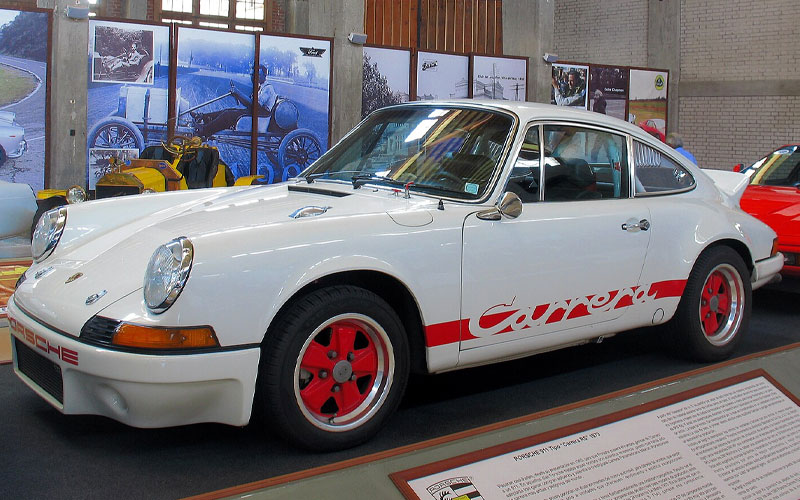
In 1973, Porsche debuted a new homologation version of the 911, the Carrera RS 2.7. The RS was short for rennsport or race sport. The car ran a 2,687-cc (2.7L) engine making 210 horsepower. Weight was reduced to just 2,200 lbs. The combination of extra power and lighter weight allowed the Carrera RS 2.7 to achieve a top speed of 155 mph. The car featured a ducktail spoiler in the back, its defining visual characteristic. The Carrera RS 2.7 was produced for two years and introduced the Carrera name to the 911 (it at previously been used on the 356 Carrera, its name deriving from the Carrera Panamericana races).
A total of 111,995 first generation Porsche 911 were built between 1963 and 1973. It was succeeded by the G-Series generation and later, the infamous 930 Turbo.


